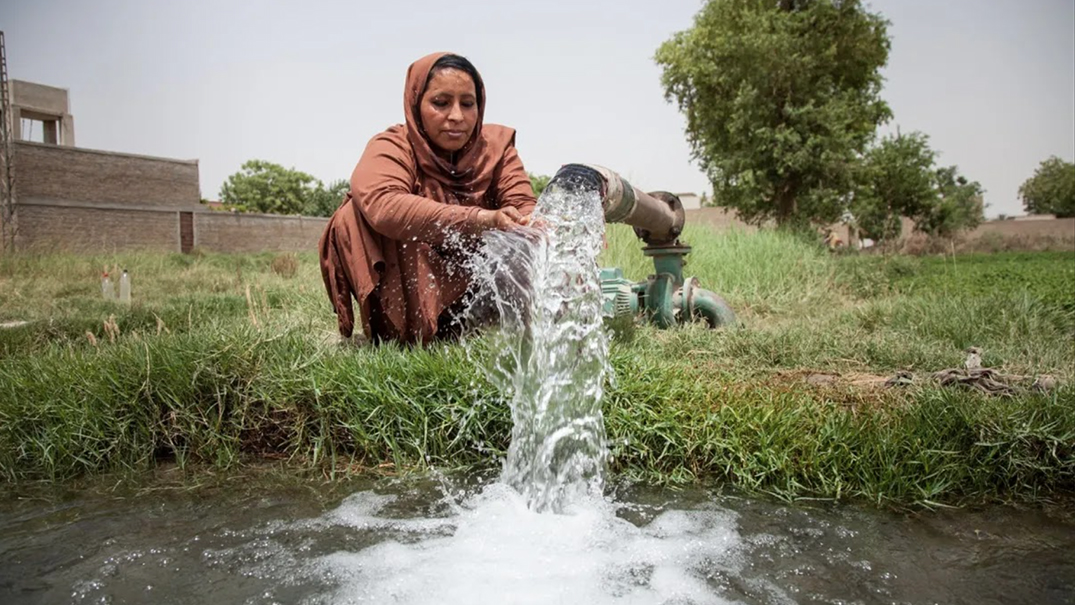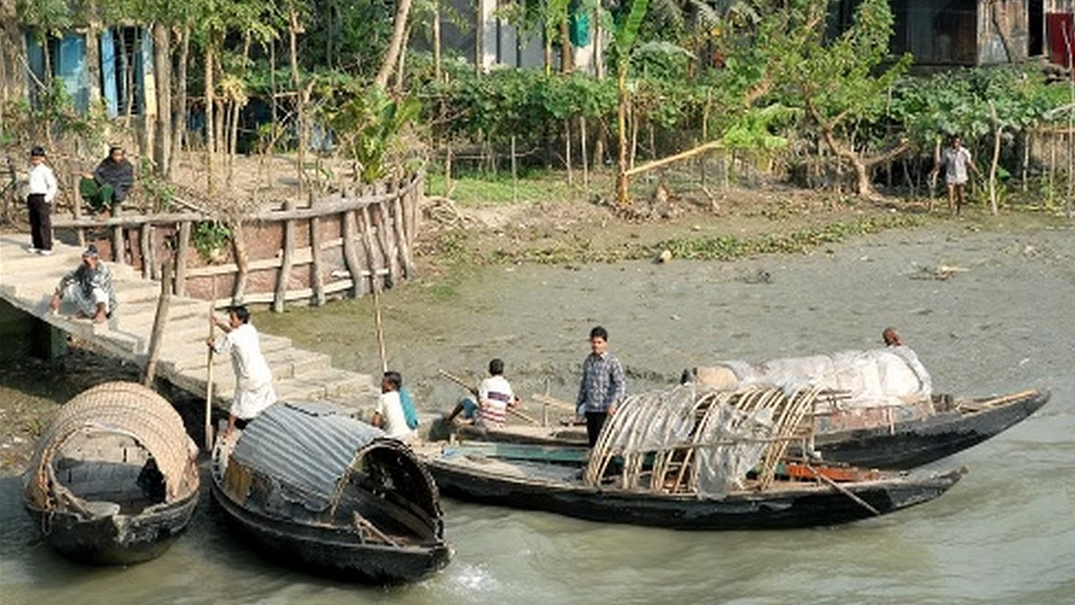The future of South Asia is interwoven with the future of the regions shared resources, especially transboundary water. It is critical we realise that quality, access and availability of water have far reaching effects on economy, ecology, health, agriculture and human development of communities and countries. In all the current discussions on our neighbourhood policy, we are losing perspective of the fact that it is in the interest of all countries to cooperate and engage over shared resources. Tensions over growing water scarcity during the current COVID-19 pandemic that places water (through the need for handwashing) as the first line of defence, changing weather patterns, as well as shifts in geopolitical centres of power further fuel debate about a future where wars are waged over water. It is critical that we have mechanisms in place to safeguard shared natural resources from political disputes and disagreements, and more importantly from the looming crisis that climate change brings. We, thus, need a fundamental rethinking of how we approach transboundary water governance in the region.
In 2019, the Dutch government funded a modeling tool that offers an 86 percent prediction of tension over shared waters, taking into account socio economic factors, the environment and other dimensions. While many of the outcomes predicted were rather extreme, it drives home the point that these instances, intra or inter-state, cannot be ignored. In South Asia, the lack of robust joint water management treaties and agreements adds to uncertainties, and is only made worse by the lack of political will, often exacerbated during border and geopolitical conflict in the region.
In South Asia, a key river basin that requires immediate attention is the Ganga-Brahmaputra- Meghna Basin (GBM). The countries dependent on the basin include Bangladesh, Bhutan, China, India, and Nepal, which account for almost 10 percent of the world’s population. According to a 2016 UN Commission report, the GBM basin is amongst the four ‘future risk hotspots’, owing to a number of factors including increasing nutrient pollution (due to agriculture and animal husbandry activities), increasing demand (due to high population growth), as well as hydro-political tensions. The lack of a formal mechanism to gather data and evaluate risks, and the absence of a cohesive policy making process (for instance through a river basin commission), increases the chances that the situation in the GBM basin will only get worse. The region is also a black hole when it comes to data, closely guarded by countries, preventing the scientific and academic community to make informed predictions that would also aid governments in making informed policy decisions. Lack of shared scientific data and a system for integrated policy making increases the future risk to all the countries that depend on the GBM river basin’s ecosystem.
While shared waters do not always form the reason for conflict they often become a casualty of political disagreements and can be used as a weapon, by both state and non-state actors. In 2012, Pakistani militants attacked water systems, flood protection works, and engineers in the Wular Lake region of northern Kashmir, claiming that India was violating terms of the Indus Water Treaty. In 2017, China stopped providing data that helped flood management in North East India, following the Doklam crisis, which had little to do with the shared waters between India and China. In 2019, India decided to follow through on plans to divert water from the Indus rivers following the Pulwama attacks. Rethinking how we approach our shared rivers, where rights and the onus of responsibility is collective, will aid in safeguarding people, livelihoods, infrastructure and installations from future attacks. It will also reduce the likelihood of future misunderstandings such as the recent one between Bhutan and India over floodwaters into Assam.
Basin wide co-operation as a solution for the GMB basin may seem like a pipe dream in a region that has complicated geopolitical relationships. China, an upper riparian, has maintained a reluctance to join multilateral efforts with most neighbours and is largely in favour of bilateral agreements and treaties that ultimately benefit their development and foreign policy goals. India, uniquely placed as a middle riparian country, has also displayed reluctance in this regard and made very little strides in working with neighbours to create sustainable multilateral institutions, especially in the space of water or environment. It would greatly benefit the region for India, Bangladesh, Nepal and Bhutan to come together and begin the process of discussion on creating basin wide sustainable measures to collectively safeguard the rivers using existing discussions on economic integration or navigation as a platform.
Lessons from around the world show that basin wide co-operation is possible, even between countries that face diplomatic upheavals. One of the most successful examples in a developing region is that of the Senegal River Basin Organization (OMVS) that brought together Guinea, Mali, Mauritania and Senegal. Although Guinea was not originally a part of OMVS, it sought membership upon observing the benefits experienced, from increased agricultural outputs to monetary gains from hydro-electricity. Another example of countries co-operating over shared river basins is of the La Plata Basin in Latin America, where Brazil, Uruguay, Paraguay, and Argentina have cooperated to develop hydropower and joint warning systems. Closer home in Asia, the Mekong River Commission (MRC) brought together Cambodia, Lao PDR, Thailand and Vietnam to successfully conduct data gathering and mapping exercises along the river basin, shared with member states to help improve forecasting. Common amongst all these organizations is the fact that they consider the entire river basin as one ecosystem, and not a collection of rivers belonging to different countries.
Basin wide cooperation will not only aid in improving water quality, supply, and ecological balance for future, but also assist in overall development of the region. While reaching there is a challenge which would require two parallel paths to forge a way forward. First, is to increase engagement between the think tank, academic and scientific communities. This would greatly improve understanding across borders, as well as help fill in glaring gaps in data and information that are critical to achieving progress. Integration in this region is unfortunately incredibly low when compared with others in Asia, Europe or even Africa. While there is evidence of some cooperation at the sub regional level in the space of shared waters, engagement remains piecemeal and needs to be integrated and scaled up.
Second, we must build on existing multilateral mechanisms to build on dialogue in other, less controversial areas, to further trust and confidence amongst nations. This can easily be instituted through areas such as energy grids, transit and transport, climate change preparedness and mitigation efforts, collaboration on flood management or disaster relief efforts, often considered less contentious. Cooperation on inland navigation, where efforts have already begun, can be one of the key building blocks required to open the door and potentially enhanced basin wide cooperation on shared rivers. Through these two parallel tracks we can create an ecosystem that paves the way forward in rethinking transboundary water in South Asia and thus, inform and create policy that safeguards the future interest of the people and resources.
Ambika Vishwanath is Co-founder and Director of Kubernein Initiative, India.
This article was originally published by NIICE in July 2020.



